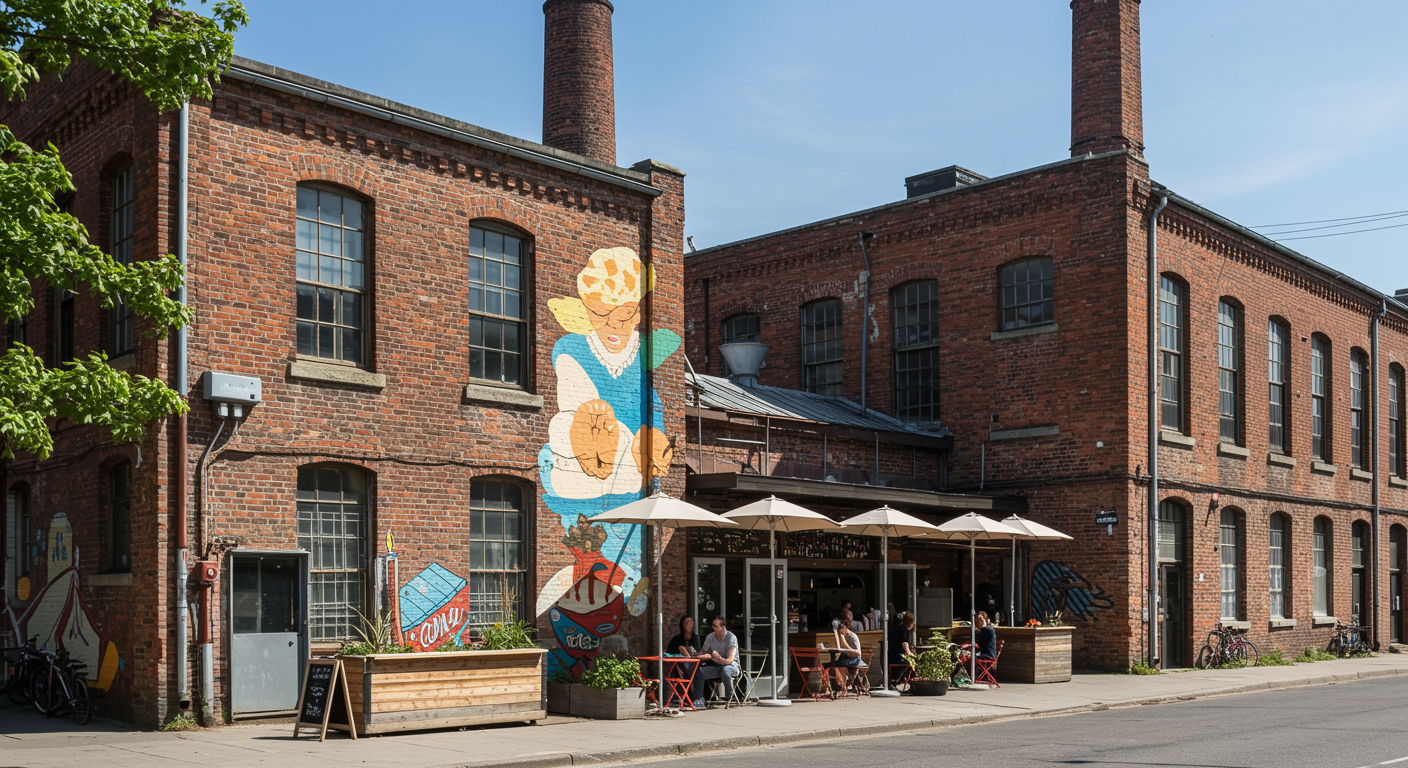The well-trodden paths of major global cities—the historic centers, the famous landmarks, and the central shopping districts—offer predictable, often beautiful, experiences. However, the true heartbeat of a modern metropolis often resides in its peripheral, rapidly evolving, and previously industrial areas. These Emerging Urban Neighborhoods are where the authentic cultural fusion, cutting-edge street art, independent dining scenes, and genuine local life coalesce. For the discerning traveler seeking depth and originality, pivoting away from the tourist traps and delving into these dynamic, less-charted territories offers a far richer and more memorable journey.
The Dynamics of Urban Transformation and Discovery
The genesis of these Emerging Urban Neighborhoods is often rooted in economic and demographic shifts. Former industrial zones, abandoned port areas, or previously marginalized residential districts, often characterized by affordable rents and large, underutilized spaces, attract a potent combination of artists, young entrepreneurs, and recent immigrants. This influx creates a fertile ground for grassroots cultural movements and experimental ventures. Initially, the area develops an edgy, bohemian appeal—the raw authenticity that travelers crave, often found in repurposed warehouses or factories.
As this cultural energy takes root, independent cafes, concept stores, small art galleries, and microbreweries displace the old manufacturing facilities. This phase marks the neighborhood’s “discovery” by a wider, often younger, local population. Smart travelers understand that timing is everything; visiting during this transition offers the best balance of authentic grit and accessible amenities before gentrification peaks. Waiting too long risks arriving when the area has become fully commercialized, sterilized, and integrated into the mainstream tourist circuit, losing the very soul that made it unique. The key is to seek out areas that are currently experiencing this vibrant, rapid, and bottom-up reinvention, providing an unfiltered window into the city’s evolving identity.
Identifying the Next Hotspot: A Traveler’s Guide
How does a traveler identify which Emerging Urban Neighborhoods are truly worth exploring? A few telltale signs often point toward authentic transformation rather than manufactured tourism:
- Independent Food Scene: Look for areas where the majority of restaurants are small, independent ventures, often specializing in fusion cuisine or utilizing local, seasonal ingredients, rather than large, global chain eateries. The presence of food markets and pop-up dining experiences is a strong indicator.
- Street Art and Galleries: An abundance of high-quality, large-scale murals and non-commercial art spaces, sometimes housed in temporary venues, often signifies a strong, creative community presence that drives the neighborhood’s aesthetic.
- Architectural Diversity: The area should display a mix of preserved older buildings (like factories or historic housing) repurposed for new uses (like lofts or event spaces) alongside modern, often experimental, infill development.
- Local Transport and Accessibility: The neighborhood should be accessible via public transport, but often requires a slightly longer journey or a change of lines, indicating it’s not yet central to the typical tourist flow.
- Lack of Major International Chains: The conspicuous absence of major global retail or food chains suggests the area’s commerce is still driven by local entrepreneurship and distinct identity.
For example, the rapid evolution seen in districts like Wynwood Walls in Miami (prior to its peak commercialization), the former textile mills of Manchester, UK, or parts of the Docklands in many European cities, illustrate this trajectory. These areas demonstrate the power of creativity to drive urban renewal and provide travelers with genuine insights into the contemporary social tapestry of the city. Exploring these Emerging Urban Neighborhoods provides stories, not just souvenirs.
The Value of Interaction Over Observation
Exploring these areas often requires a traveler to abandon the safety of guidebooks and rely on local recommendations—talking to a barista, a gallery owner, or a street vendor. This direct interaction is what transforms a simple sightseeing trip into a profound cultural exchange, allowing the traveler to become a temporary resident rather than a mere observer. This human connection reveals the true, complex narrative of the neighborhood, including its history, its challenges, and its future aspirations.
Furthermore, focusing on these Emerging Urban Neighborhoods often supports local, independent economies directly. Every dollar spent at a family-owned restaurant or an independent bookstore contributes to the longevity and sustainability of the community’s revitalization efforts, making the travel experience more meaningful and ethically sound. By prioritizing places that are actively defining their future, the modern traveler engages in a form of cultural patronage that preserves authenticity against the homogenizing forces of global tourism.


